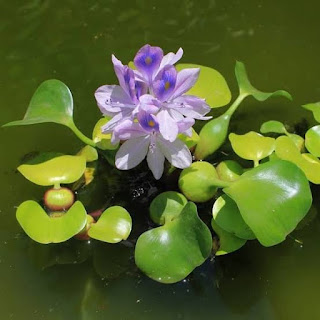Adaptation in plants: Important Questions and answer
Read and learn following questions & answer:
1. What type of climate is found on hills?
Ans: Cold and dry climate is found
on hills. On hilly region temperature is very cold as there snow fall take place frequently and for that we can see so many special characters of the hilly region plant to survive on that particular area.
2. How do conifers save water?
Ans: Conifers have needle like leaves containing wax material coating which help them to avoid water loss.
3. What are mangroves?
Ans: Area which has lots of water and the soil is sticky and clayey is called marshy area.
The trees that grow here are called as mangroves.
Example: Rhizopora , Sundari etc.
4. How does a tree living in desert keep itself cool when it is hot?
Ans: A plant (tree) living in a desert area increases the humidity of its surrounding's air and the water vapour absorb the heat of that area . Thus the temperature decrease and plant keeps itself cool.
5. Distinguish among the three types of aquatic plants.
Ans: There are three types of aquatic plants.
These are ..
(1) Submerged plants: The plants that grow completely under water.
Example: Tape grass, Pond weeds.
(2) Partially Submerged plants: Roots of some planta are fixed to the bottom of water bed and stems help the broad leaves and flowers to float on the water surface.
Example: Water lily, Lotus etc .
(3)Floating plants: The plants that float freely on the surface of the water.
Example: Pistia, Duckweed, Water hyacinth etc.
Characteristics of floating plants:
(a) Roots are poorly developed.
(b) Stem is reduced and filled with air.
(c) Their leaves have a thin wax coating so that water may not wet the surface and do not block the stomata.
Pistia
Water hyacinth
B. Give reason. why?
1. Leaves of cactus are reduced to spines
Ans. As the evaporation rate of desert area is high due to hot and dry climatic condition, Leaves of cactus are reduce to spine to avoid water loss as the amounts of water in the desert is very little.
Cactus plant (leaves reduce to spine)
2. Mangroves have breathing roots.
Ans: Mangroves grow in marshy area which has lots of water and soil is sticky and clayey therefore their roots do not get enough air under the soil.
Mangroves (Breathing roots)
3. Hydrilla plant has small leaves.
Ans: Hydrilla is an aquatic submerged plant and their leaves become small to make them float up for pollination by the pollen grain. When the leaves exposed to the water surface pollen grains move by the follow of water current and pollination take place in hydrilla plant.
Hydrilla plant
4. A lotus plant has broad and flat leaves
Ans: Lotus is a partially submerged Plants. As their roots are fixed to the bottom so it can not move from one place to another place therefore the leaves of the lotus plant become broad and flat to float on the water surface easily.
Broad leaves of lotus plant
5. venus flytrap eat infect.
Ans: Venus fly trap is an insectivorous or carnivorous Plant. Although it can makes their own food by the process of photosynthesis but they do not get enough nutritions as the soil where they grow do not Contain adequate ammount of Nitrogen. To maintain it's lacking of nitrogen they trap and eat small insects.
Venus flytrap trapping insect.
Thank you So much for reading carefully. Visit frequently.
To get an explanation in a video CLICK HERE
Regards .








Comments
Post a Comment